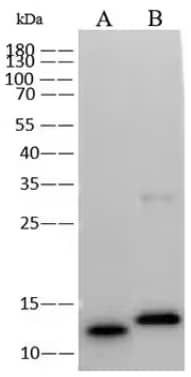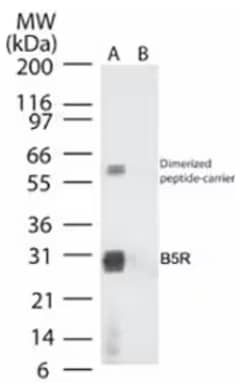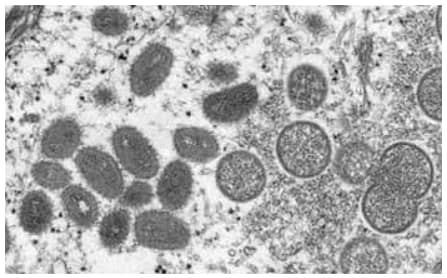By Jamshed Arslan, Pharm D, PhD
Monkeypox is not deadly like its cousin, smallpox, nor is it as contagious as COVID-19. Yet, it continues to scare the world. In May 2022, a multinational outbreak of a contagious pox (rupture of skin and mucous membrane) was in the news and by July 23, 2022, the World Health Organization (WHO) had declared monkeypox a “public health emergency of international concern”. People’s memory of fatal but now eradicated smallpox was a major reason for the caution and concern surrounding monkeypox. In most cases, monkeypox was found to resolve on its own, but for a small percentage of individuals, the sequelae of infection could not be ignored. Neurological and other manifestations are worrisome, but fortunately, they are mostly limited to prodromal headaches, confusion, muscle pain, and weakness. Data indicate that smallpox vaccine can provide cross-protective immunity against other orthopoxviruses such as monkeypox. Here, this cross-protectiveness, status of monkeypox vaccines, and the future of monkeypox outbreak are explored.

Western blot analysis for detection of Monkeypox virus A29 protein in lanes loaded with 10 ng of Monkeypox virus protein A29 (lane A) and 10 ng Vaccinia virus (strain Copenhagen) A27L protein (lane B). The blot was probed with Mouse Anti-Monkeypox Virus A29L Monoclonal Antibody (Catalog #NBP3-18272) followed by Goat Anti-Mouse HRP-conjugated secondary antibody.
Immunity Against Orthopoxviruses
The sequence similarity of immunologically relevant proteins, and the subsequent sharing of several immune epitopes, ensure that immunity against one orthopoxvirus like smallpox is beneficial against other orthopoxviruses like monkeypox. Antibodies target at least 24 structural and membrane proteins of orthopoxviruses. CD4+ T cells largely recognize the structural proteins, while CD8+ T cells target virulence factors and similar proteins early in orthopoxviruses’ lifecycle. It is the antibody response that is considered most crucial for protection against the virus.

Western blot analysis of Smallpox B5R in recombinant fusion protein containing amino acids 180-194 (lane A) and fusion protein lacking these amino acids (lane B), detected using Rabbit Anti-Smallpox B5R Polyclonal Antibody (Catalog #NB100-56454), where a specific band for the protein is detected in the lane containing the specific amino acid sequence but not in the lane without.
Vaccines Against Monkeypox
The United Stated Food and Drug Administration (US-FDA) has approved two smallpox vaccines: JYNNEOS and ACAM2000. The latter is primarily licensed against smallpox, but JYNNEOS was approved in 2019 for use against both smallpox and monkeypox. Although the USA has the largest number of monkeypox cases, authorities are serious about avoiding situations where the vaccines’ side effects become greater than the disease itself. So far, the safety profile of JYNNEOS is superior to ACAM2000.
ACAM2000 is considered a second-generation vaccine, based on replication-competent vaccinia virus. JYNNEOS is a third-generation vaccine, supplied as a frozen-liquid suspension. It is based on non-replicating modified vaccinia virus Ankara strain with approximately 10% genomic deletion. Non-human primate models have favored both ACAM2000 and JYNNEOS for pre-exposure prevention and post-exposure amelioration of monkeypox infection. In USA, JYNNEOS is the primary vaccine, while ACAM2000 is approved as an alternative to JYNNEOS in the current monkeypox outbreak.

Electron microscopy image from human skin sample depicting monkeypox virus particles with mature, oval-shaped particles on the left of the image and immature, spherical virion particles on the right. Image obtained from the Public Health Image Library and is in the public domain and free of any copyright restrictions.
What is the Future of Monkeypox?
The good news is that monkeypox cases continue to fall in the USA, although the scientists are not sure why. Moreover, poxvirus genomes evolves too sluggishly to elude immunity. On the other hand, the international reach has given the virus an unprecedented opportunity to adapt to human populations and potentially become more contagious and/or more harmful. The change of the monkeypox situation for the worse or for the better will depend primarily on the ability to collect cerebrospinal fluid and blood samples for viral and immune studies, and the access to medical care. Let us hope that monkeypox soon becomes nothing more than a relic of the past.

Jamshed Arslan, Pharm D, PhD
Dr Arslan is an Assistant Professor at Salim Habib University (formerly, Barrett Hodgson University), Pakistan. His interest lies in neuropharmacology and preparing future pharmacists.
-
Arslan J. (2022) Monkeypox is neither COVID-like contagious nor smallpox-like deadly Technology Times
-
Badenoch, J.B. (2022) Neurological and psychiatric presentations associated with human monkeypox virus infection: A systematic review and meta-analysis Lancet
-
Billioux, B.J. (2022) Potential complications of monkeypox Lancet Neurology
-
Centers for Disease Control (2022) Monkeypox – Vaccines
-
McKenna, M. (2022) Monkeypox cases in the US are falling. There's no one reason why Wired
-
Poland, G.A. et al. (2022) Prevention of monkeypox with vaccines: a rapid review Lancet Infectious Diseases